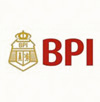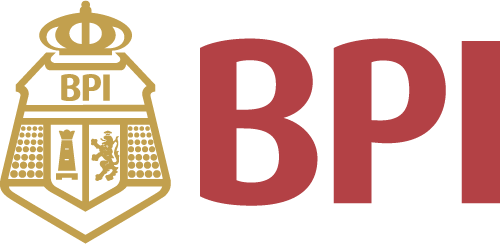All Categories








About Irrational Exuberance: Second Edition
Product Description This first edition of this book was a broad study, drawing on a wide range of published research and historical evidence, of the enormous stock market boom that started around 1982 and picked up incredible speed after 1995. Although it took as its specific starting point this ongoing boom, it placed it in the context of stock market booms generally, and it also made concrete suggestions regarding policy changes that should be initiated in response to this and other such booms. The book argued that the boom represents a speculative bubble, not grounded in sensible economic fundamentals. Part one of the book considered structural factors behind the boom. A list of twelve precipitating factors that appear to be its ultimate causes was given. Amplification mechanisms, naturally-occurring Ponzi processes, that enlarge the effects of these precipitating factors, were described. Part Two discussed cultural factors, the effects of the news media, and of "new era" economic thinking. Part Three discussed psychological factors, psychological anchors for the market and herd behavior. Part Four discussed attempts to rationalize exuberance: efficient markets theory and theories that investors are learning. Part Five presented policy options and actions that should be taken. The second edition, 2005, added an analysis of the real estate bubble as similar to the stock market bubble that preceded it, and warned that "Significant further rises in these markets could lead, eventually, to even more significant declines. The bad outcome could be that eventual declines would result in a substantial increase in the rate of personal bankruptcies, which could lead to a secondary string of bankruptcies of financial institutions as well. Another long-run consequence could be a decline in consumer and business confidence, and another, possibly worldwide, recession." Thus, the second edition of this book was among the first to warn of the global financial crisis that began with the subprime mortgage debacle in 2007. Amazon.com Review Sequels often disappoint when compared to their predecessors, but author Robert Shiller has proved the exception to the rule with his second edition of Irrational Exuberance. When the original book released in 2000, Shiller's prescient analysis of bubble-like market behavior provided perspective on the painful meltdown of stock-price valuations that subsequently occurred. Five years later, the Yale professor's bearish predictions about real-estate valuations are enough to give any savvy investor or homebuyer pause. Shiller is one of several well-known economists and pundits who've begun a running dialogue in the last few years around the drawbacks of unchecked free markets. Few writers, though, dissect the phenomenon of bubble behavior as clearly and thoroughly as Shiller does. As with the first edition of his book, Shiller begins this one with reams of quantitative data around the late 1990s stock-market runup. This new edition adds data on real-estate price trends in the early 2000s, and points out the striking parallels between the earlier stock-market boom and bust, and current trends with housing prices in the United States. Shiller actually believes the two phenomena are related; as investors lost confidence in the stock market and moved their money into real estate, one asset class fell while the other rose. According to Shiller's analysis, the pattern is destined to repeat itself. Aside from the initial data, the real strength of Irrational Exuberance is the straightforward, almost clinical way in which it explains why things happen as they do. The book walks readers through structural reasons for market bubbles, then ventures into "softer" analyses which professional economists less confident than Shiller would be scared to touch. It examines cultural factors behind market bubbles, such as hype-mongering news media, and psychological factors, such as herd behavior. Another improvement in




 (2)
(2)






















